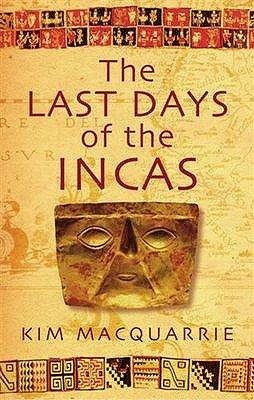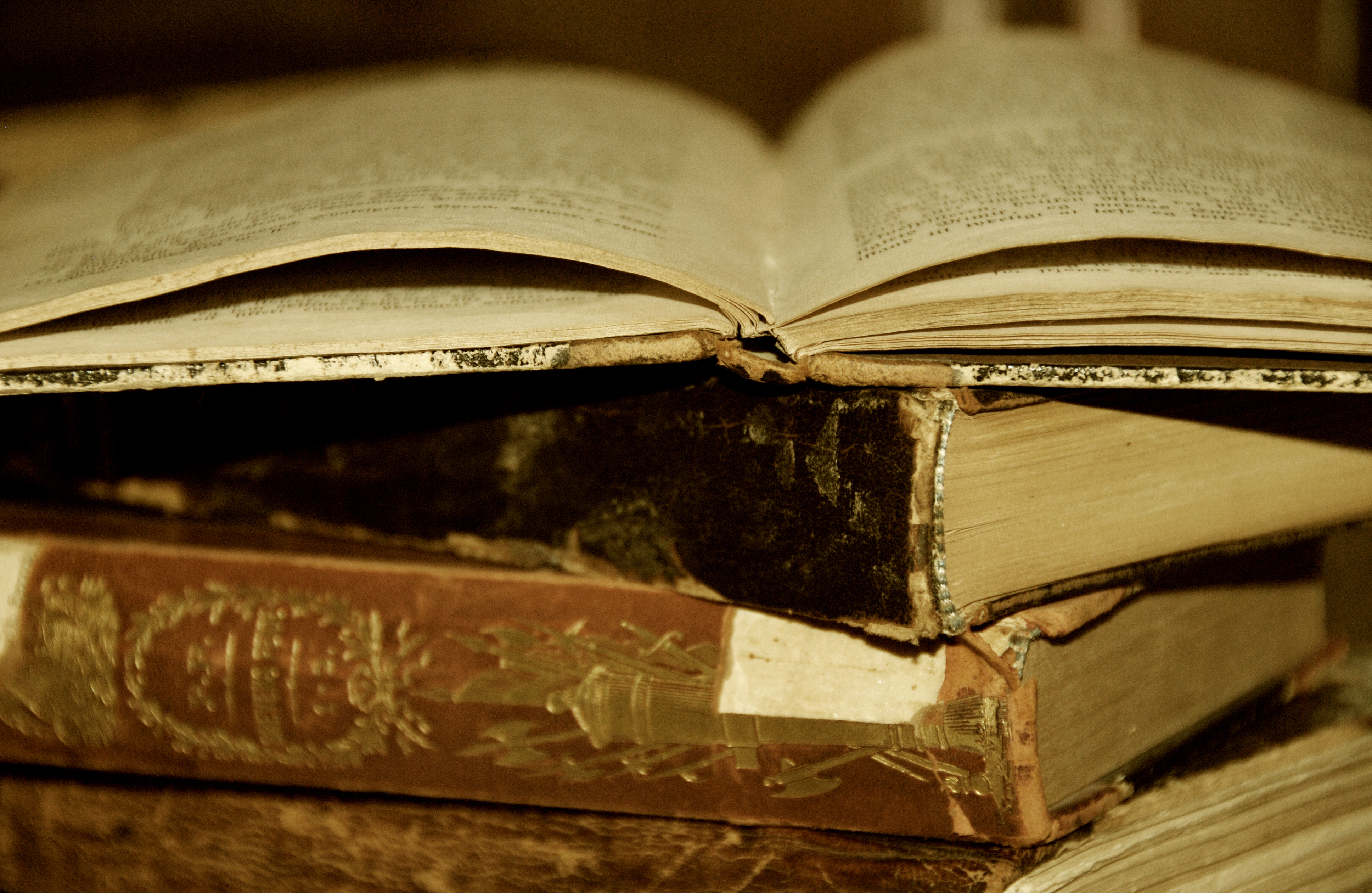
Machu Pichu at sunrise, by Allard Schmidt and sourced from the Collective Commons
The empire of the Incas, the Andes, South America, is a time and a place shrouded in the clouds of mystery for me. I’d imagined that this vast and powerful empire had existed for centuries before the Spanish conquistadors arrived.
Not so. Incas were powerful. And they were wealthy, too. And they did worship the sun. And they ruled over a complex and vast civilisation which stretched 25,000 miles. In addition to modern Peru the empire included parts of Ecuador, Bolivia, Colombia, Chile, and Argentina. But it was a short lived empire—it lasted not quite 100 years, their end hastened by the arrival of the Spanish Conquistador, Francisco Pizarro, in 1527.
MacQuarrie’s The Last Days of the Incas is the first book I’ve read about this part of the world. His description of the arrival of the one hundred and sixty-eight Spaniards in what is now Peru is graphic and apt:
They soon collided with an Inca empire ten million strong, smashing into it like a giant meteor and leaving remnants of that collision scattered across the continent.
MacQuarrie draws from the few recorded eye-witness accounts and historical papers of the times. In doing so, he brings the leaders of the day alive on the page. And, although I knew the outcome, although common sense says a society without guns or steel or horses is at a significant disadvantage, I was sufficiently engaged to keep turning the page.
I found myself cheering for the Incas as they eventually learned how to ride horses captured from the Spanish, to fire stolen guns, and I applauded when, driven out of their once great capital, Cusco, and into the jungle east of the Andes, they began to use terrorist tactics against the invaders.
Sometimes the accounts of brutality perpetrated mostly by the conquistadors but also by the Incas made for stomach churning reading. Nothing changes, does it? People are cruel when convicted right is on their side. Add to that lust for gold and power, both of which drove the Spanish invaders, and people will do anything, including turning on their allies.This is a story of betrayal as well as conquest.
The Inca empire ended in 1572, only forty-six years after the first contact with the conquistadors. The once vast realm had been reduced to a tiny remnant, based in the jungle capital of Vicabamba. It was near here that the last emperor, Tupac Amaru was captured and then taken to Cusco where he was beheaded.
 MacQuarrie’s description of the execution is sad and poignant. He quotes from records of the time, saying that Tupac Amaru conducted himself calmly and with dignity as he spoke to his people in their own language Runasimi (Quechan). Imagine the shock of the emperor’s followers when he declared the following:
MacQuarrie’s description of the execution is sad and poignant. He quotes from records of the time, saying that Tupac Amaru conducted himself calmly and with dignity as he spoke to his people in their own language Runasimi (Quechan). Imagine the shock of the emperor’s followers when he declared the following:
Everything that my ancestors the Incas and I have told you up till now—that you should worship the sun-god, Punchao, and the shrines, idols, stones, rivers, mountains, and sacred things—is a lie and completely false.
Tupac Amaru, in his last hours had converted to Christianity. But I wonder whether he was warning that all hope was gone, that there was nothing to be gained by continued resistance.
Along with telling the story of the colonisation of Peru, MacQuarrie also discusses Hiram Bingham’s “discovery” of Machu Pichu in 1911. An academic and an explorer and eventually a politician, Bingham was hungry for fame. Machu Pichu gave him just tha. The road from Cusco to Machu Pichu is now named the Hiram Bingham Highway. Back in the early 20th Century Bingham argued, and at the time he was believed, that Machu Pichu was the lost and final capital city of the Incas: Vilcabamba, the city to which the emperor and his loyal followers retreated after the Spanish seized control of Cusco once and for all.
However, MacQuarrie makes a convincing argument that Bingham was mistaken. He argues that, in fact, Vicabamba is situated to the east, in the jungle at the site of Espiritu Pampa. Machu Pichu, he says is more accurately a citadel, or perhaps a retreat for the emperor, one which most of the Inca population did not know about. It was an “invitation only” venue of the day. Machu Pichu is now a UNESCO World Heritage site and regarded as one of the seven wonders of the modern world.
With a soupcon of luck and a lot of careful planning, hopefully I’ll get a chance to check it our for myself later this year.





Go Jill, just do it… It is the major regret of my travelling years that I didn’t get there. I hope you do go as I would love to see it through your eyes. I have seen so many interesting documentaries about the area.
LikeLiked by 1 person
We’re on the countdown now, Pauline —two months until we leave and i guess that’ll go really fast!
LikeLike
It sure will…
LikeLiked by 1 person
We were thrilled to visit Machu Picchu last year. A fascinating history. Are you planning ot hike the Inca Trail? We did the final day of it as we were cycling in Peru. I look forward ot hearing about your trip!
LikeLiked by 1 person
We’re still a few months out, Sue. I don’t think we’ll be walking the trail .I remember reading about your adventures at Machu Picchu!
LikeLiked by 1 person
Lucky you! It’s high on my wish list too.
LikeLiked by 1 person
Thanks Anabel, It takes a little organisation to get to, but I imagine you’dfind that straight forward enough, I’ve been reading your posts about adventures at the Galapagos Islands.
LikeLiked by 1 person
I, also, thought the Incas were around for a lot longer. Thanks for this recommendation. I am hoping (not quite at the serious planning stage) to spend next winter in South America, so I’ve added this to my summer reading list.
LikeLiked by 1 person
Wow, a whole season in Sth America – I imagine that would be quite an experience!
LikeLike
Well, we’ll see if it all goes to plan, heh?
LikeLiked by 1 person
This is a fascinating piece of history. Like you, I had thought the Incas’ empire had lasted a lot longer than it did. Looking forward to your photographs of Machu Pichu and your impression of the land. Hope your trip happens!
LikeLiked by 1 person
The tickets are booked, now, Barbara, so it feels a certainty even if it is still two months until departure date.
LikeLiked by 1 person